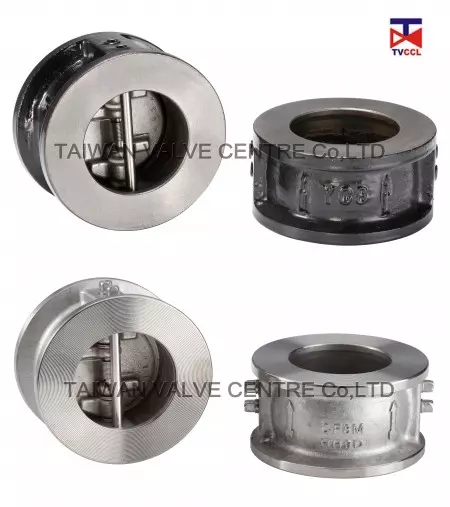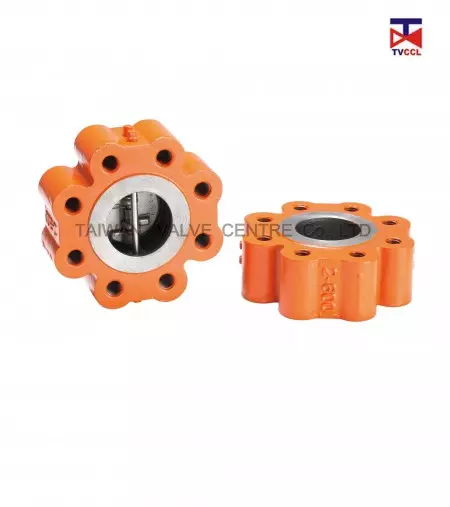
Q.What’s Water Hammer?
In a pumped system, the water is forced from a lower level to a higher level by means of a pump. The fluid flows in one direction only when the pump is in operation. When the pump stops, the flow of fluid will reduce until it also stops. Because the overall pipeline will be rising, when the fluid stops, it will then return back down the pipe. To prevent this flow reversal entering into the pump, well or intake, a check valve is installed.
In many cases, the rate of fluid reversal is not a cause for concern and standard check valves will perform well. However, in pumped systems where fast flow reversal can occur, the selection of the correct check valve is crucial.
If a pump stops and the forward flow reverses back down the line towards the pump before the check valve has fully closed, the flow will force the valve door to slam onto its seat. This scenario can almost instantaneously stop the reverse flow and it is this instantaneous stoppage which results in pipeline water hammer. This can produce loud hammer noises which is not the noise of the valve coming into its seated position but is the stretching of the pipe under these conditions.
The consequent pressure wave (surge) can cause considerable damage to the system including pipe cracks, bursts, cavitation and implosion due to vacuum pressures being formed. It is also important to note that these failures may not be due to one single, large surge pressure but by repeated surges which eventually cause fatigue failure of the system.
It is important to note that other factors are required to ensure a safe and trouble free system. The correct number, types and sizes of air valves, closing and opening times of isolation valves, flow control valves etc all require to be considered to protect the system from pressure surges.
To prevent the occurrence of check valve slam, the valve should close either very quickly to prevent the onset of reverse flow or very slowly once reverse flow has developed. For a check valve to close slowly, this requires additional ancillary equipment such as hydraulic dampers which act to cushion the valve door as it comes into its seated position. However, this slower closure does allow the fluid to pass through the check valve until it closes and consideration must be given to the upstream pump to ensure that it is suitable for reverse spin and flow.
- Related Products
Dual Plate Wafer Type Check Valve
TC0
Fast Delivery: Most orders are shipped within 3-7 days, depending on stock availability. Versatile...
DetailsDual Plate Lug Type Check Valve
TC6
The dual plate lug type check valve only takes 15-20 minute completely dissemble and reassemble...
DetailsDual Plate Full Lug Type Check Valve
TC9
Double disc lug type check valves are designed to ASME, JIS, ISO, AWWA...etc. specifications...
Details



